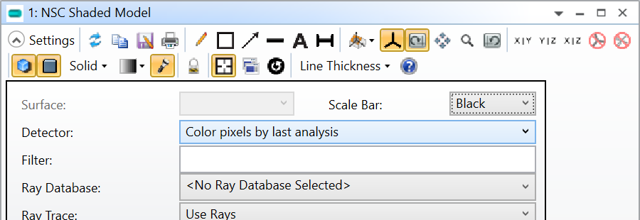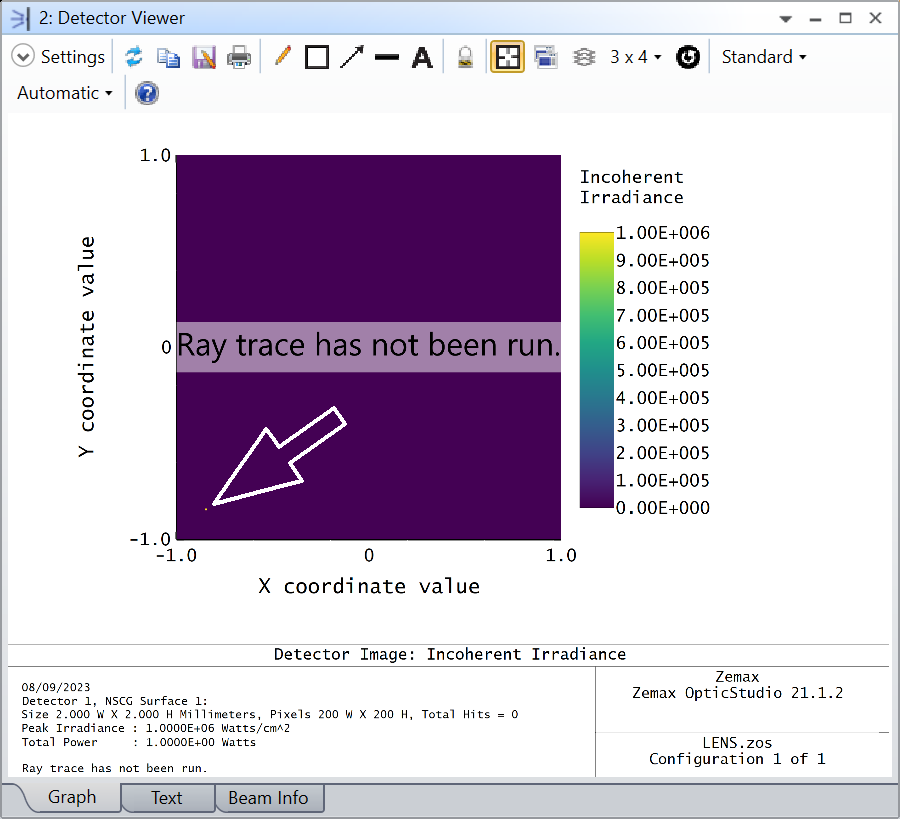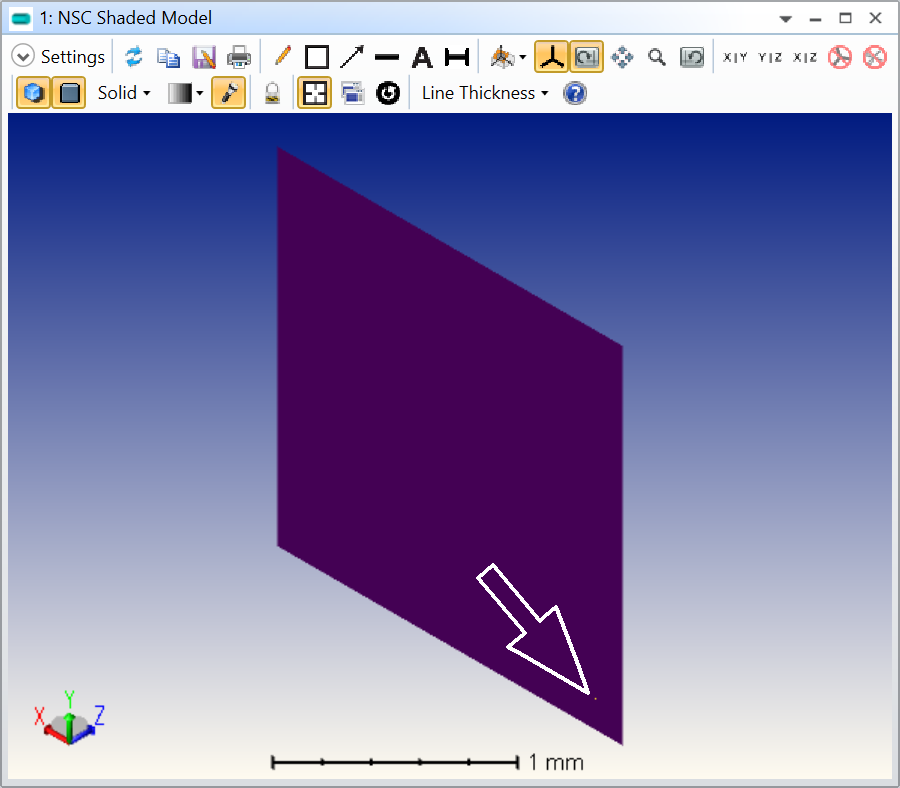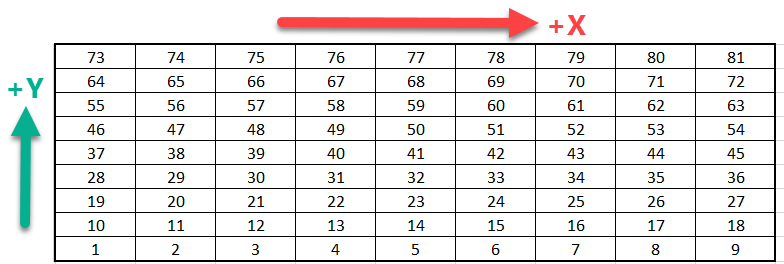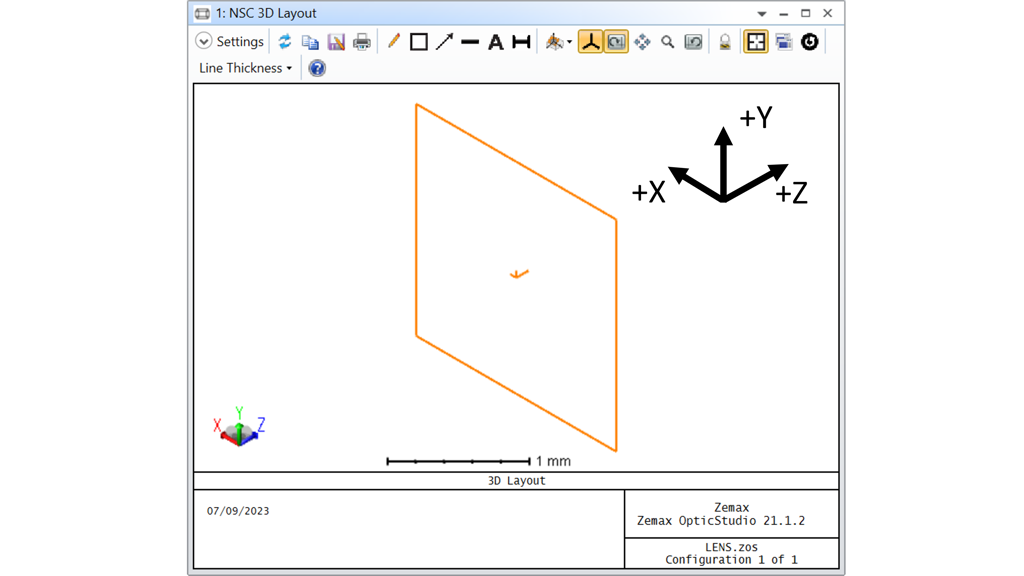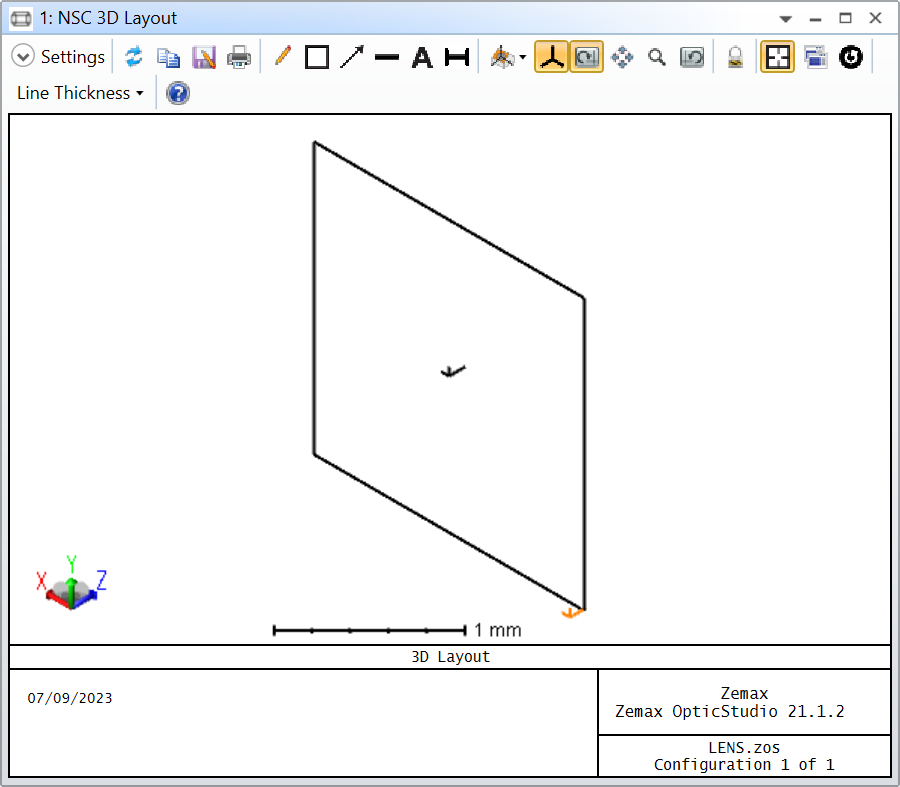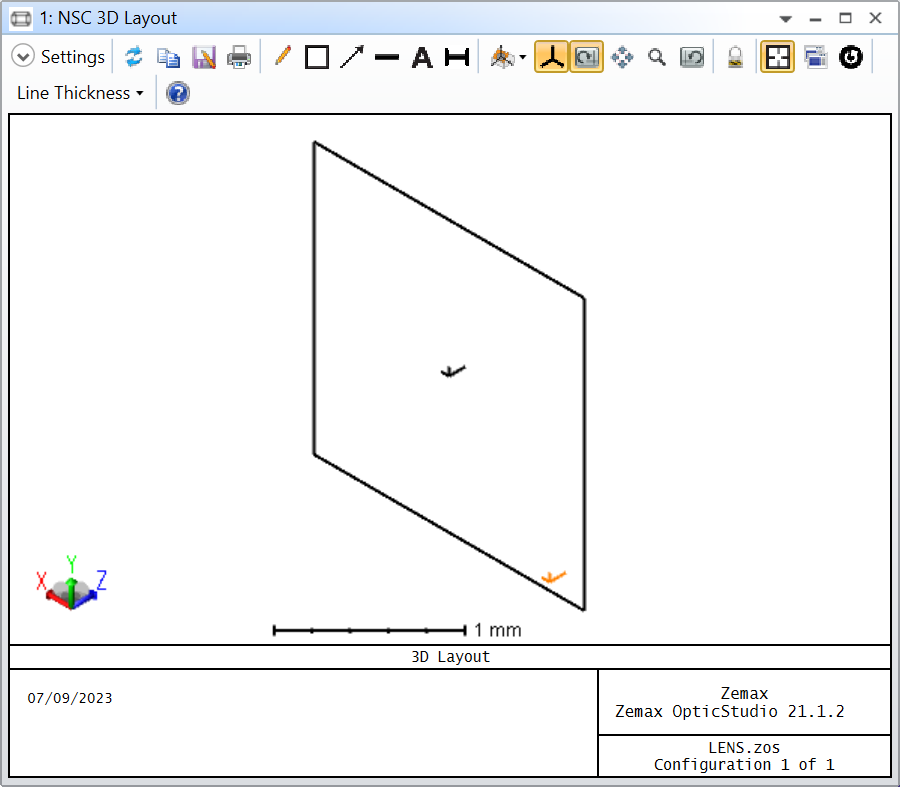Is there an easy way to check the pixel number being referenced in the merit function editor? Based on the numbering convention described in the help file, I *think* I’m referencing the pixel I want, but I’d like to do a sanity check. Eg: I want the pixel in thee lower left corner at 85% of the field of view for a 200x200 pixel detector. Based on the numbering convention, I *think* I want pixel number in the row starting with pixel number 15x200 = 3000, then, 15 pixels in, so 3015.
I would like to check this. For example, if there were a way to trace a single ray that hit the detector at pixel number 3015 and show it on the detector viewer, this would suffice.
Any thoughts, hive-mind?

